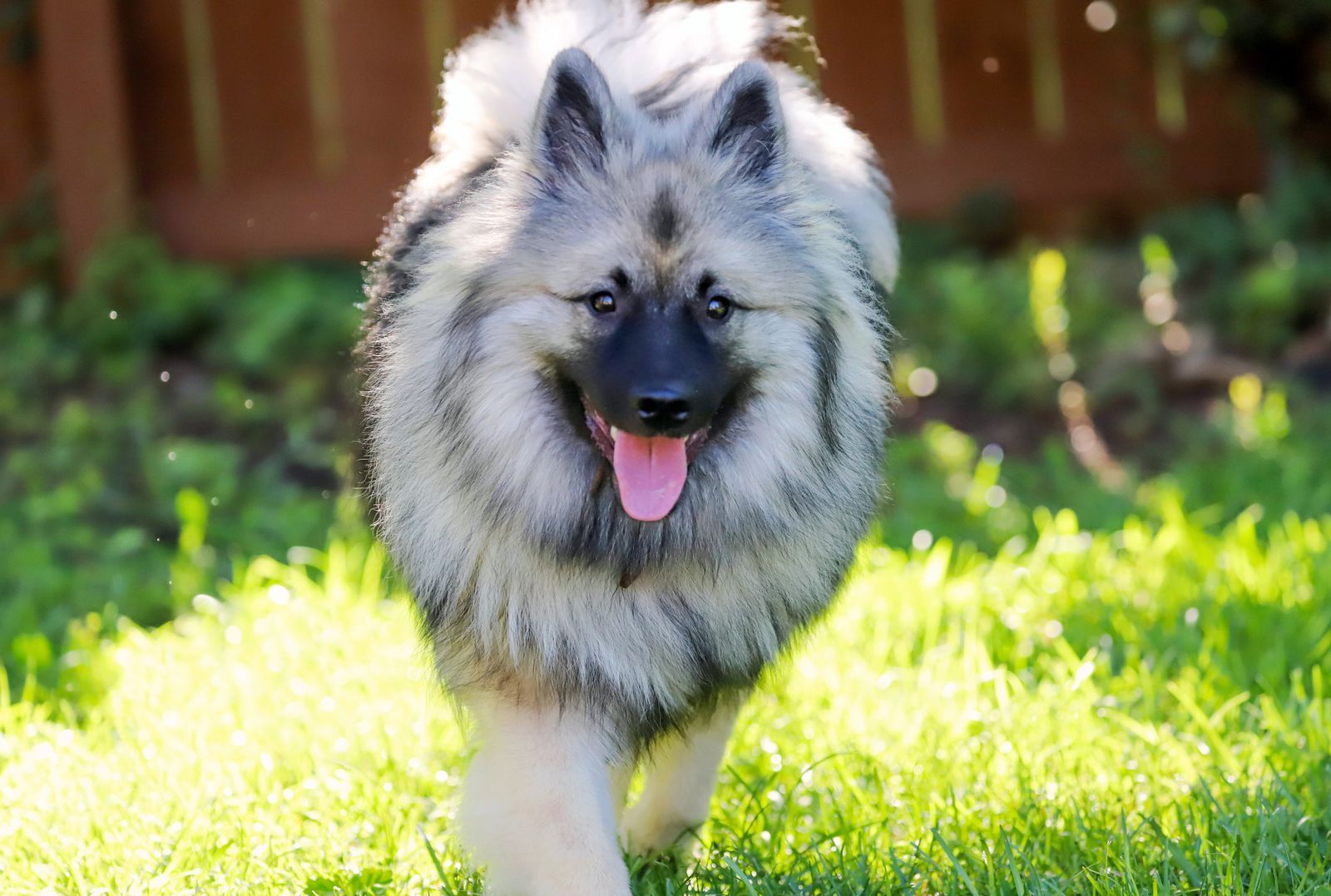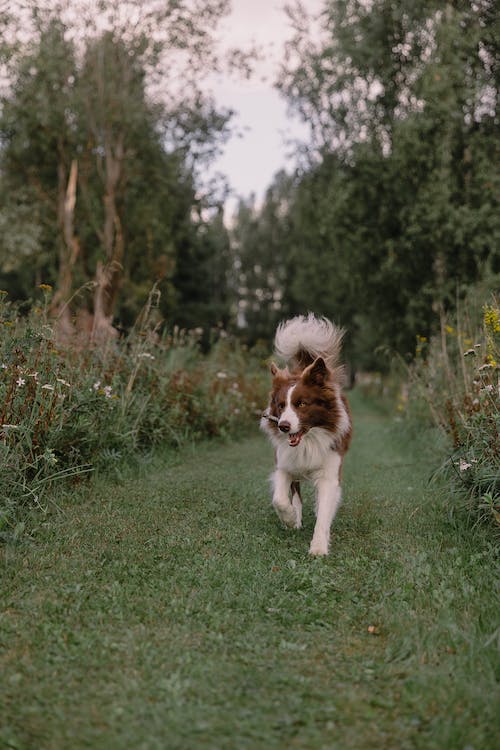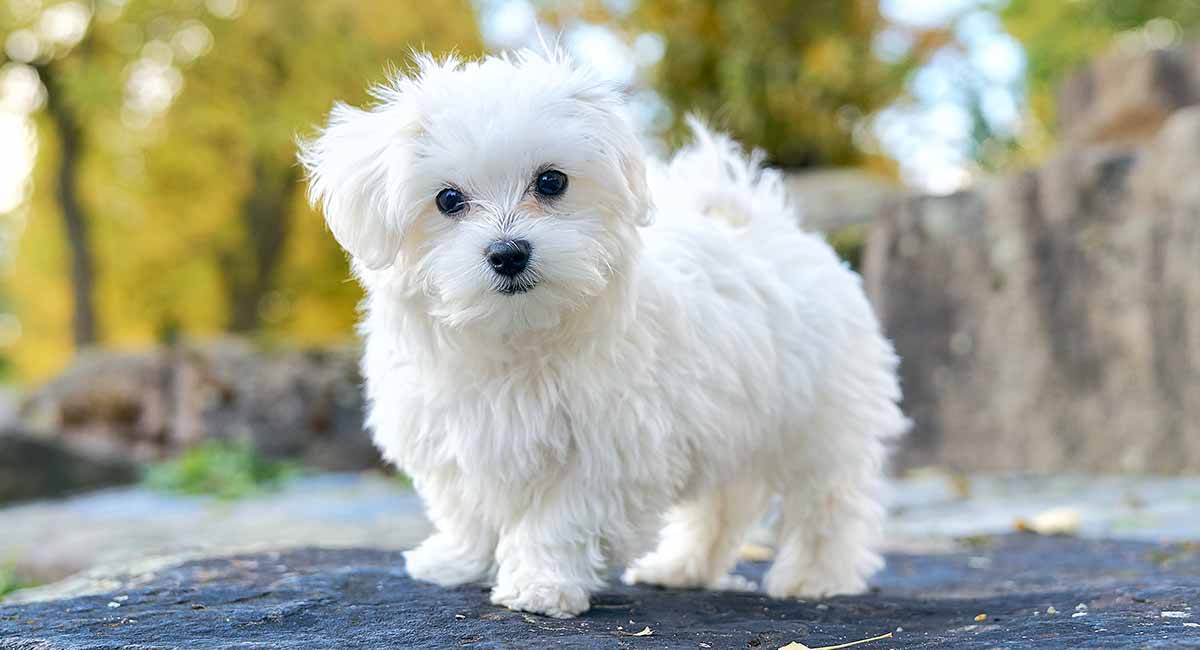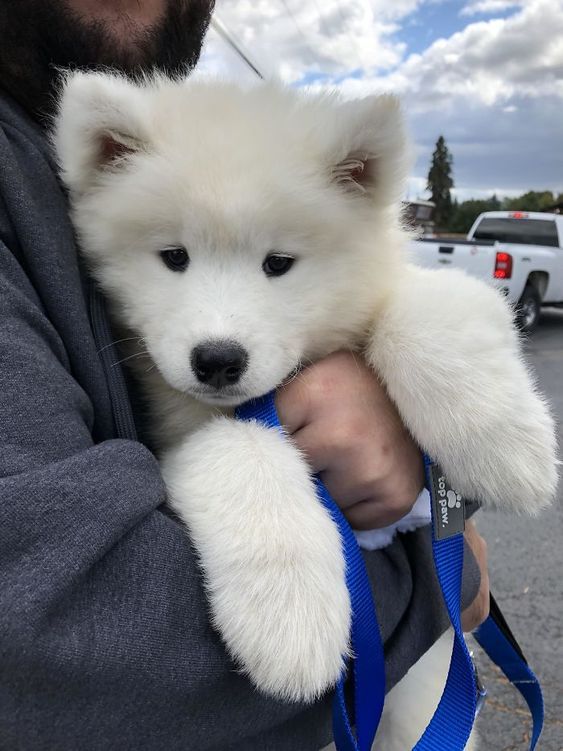Mysteries of Origin
Few breeds are as mysterious in their exact origins as the exotic Gypsy dogs. These nomadic canines are believed to have descended from herding and guardian dogs in India and the Middle East that accompanied Romani people on their migrations across Europe and beyond starting around 1000 AD. Over centuries of travel, Gypsy dogs mixed with local breeds, developing into the intelligent, adaptable dogs we know today. Their true history remains vague and enigmatic.
Hallmark Traits
While Gypsy dog breeds like the Canela, Vlackari, Romano and Dorado vary significantly, most share certain core traits reflective of their traveler lifestyle. Compact, medium-sized builds allowed them to be agile, fleet-footed travelers alongside wagons. Erect, pointed ears and arched tails resemble ancestral shepherd dogs. Hard, weatherproof coats protected them on long journeys. Their enduring loyalty and wariness of outsiders reflect the Gypsies’ own survival instincts. Intelligent and resourceful problem-solvers, they adapted well to nomadic life.
Life on the Road
Gypsy dogs faced the same challenges as their wandering owners. Walking miles each day in all weather, they slept curled up around campfires and children at night. Scavenging for meals, defending camps from threats, and herding livestock were integral jobs. Performing and doing tricks helped earn their keep. Wary of outsiders, they served as clever lookouts and thieves. Lean and energetic, they thrived on constant change and movement. Their carefree life “on the road” shaped them into highly versatile dogs.

Modern Day Treasures
Today, Gypsy dog breeds have largely transitioned into settled home life yet retain their spirited natures. They flourish as active, engaging family companions and steadfast watchdogs. With their mythic past and captivating lore, Gypsy dogs connect us to a romantic way of life long gone. By preserving their rare genetics and amazing adaptability, these breeds remain living tributes to the fascinating cultures of their nomadic founders. Wherever your travels take you, a Gypsy dog will be the perfect wandering sidekick.
Training and Temperament
Gypsy dogs are highly intelligent and crave regular mental stimulation. Their natural independence requires patient, persistent training with positive reinforcement and consistency. Once properly trained, they are obedient and devoted companions. Gypsy dogs tend to be lively and energetic with a strong streak of wariness or even aloofness towards strangers. Extensive socialization from a young age is essential for them to distinguish between friend and foe. When norms are established, they thrive on new adventures with their families.
Exercise and Activity Needs
Bred to travel miles daily, Gypsy dogs need at least 60-90 minutes of rigorous exercise per day. Brisk walks, hiking, running, and interactive play allow them to burn off pent-up energy. A securely fenced yard provides space for self-exercise. Without sufficient activity, Gypsy dogs easily become bored and destructive. Providing puzzles, training games, canine sports, and other mental challenges also satisfies their active, inquisitive minds.
Grooming Requirements
Most Gypsy dogs have short-length, low-maintenance coats that only require weekly brushing to remove dead hair and distribute skin oils. Bathing is rarely needed. Check ears periodically for dirt and infections. Trim nails and brush teeth regularly as well. Their wash and wear coats suit their traveling lifestyle. Longhaired Gypsy breeds like Puli and Komondor require much more extensive grooming.



